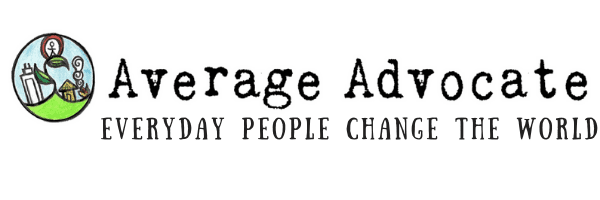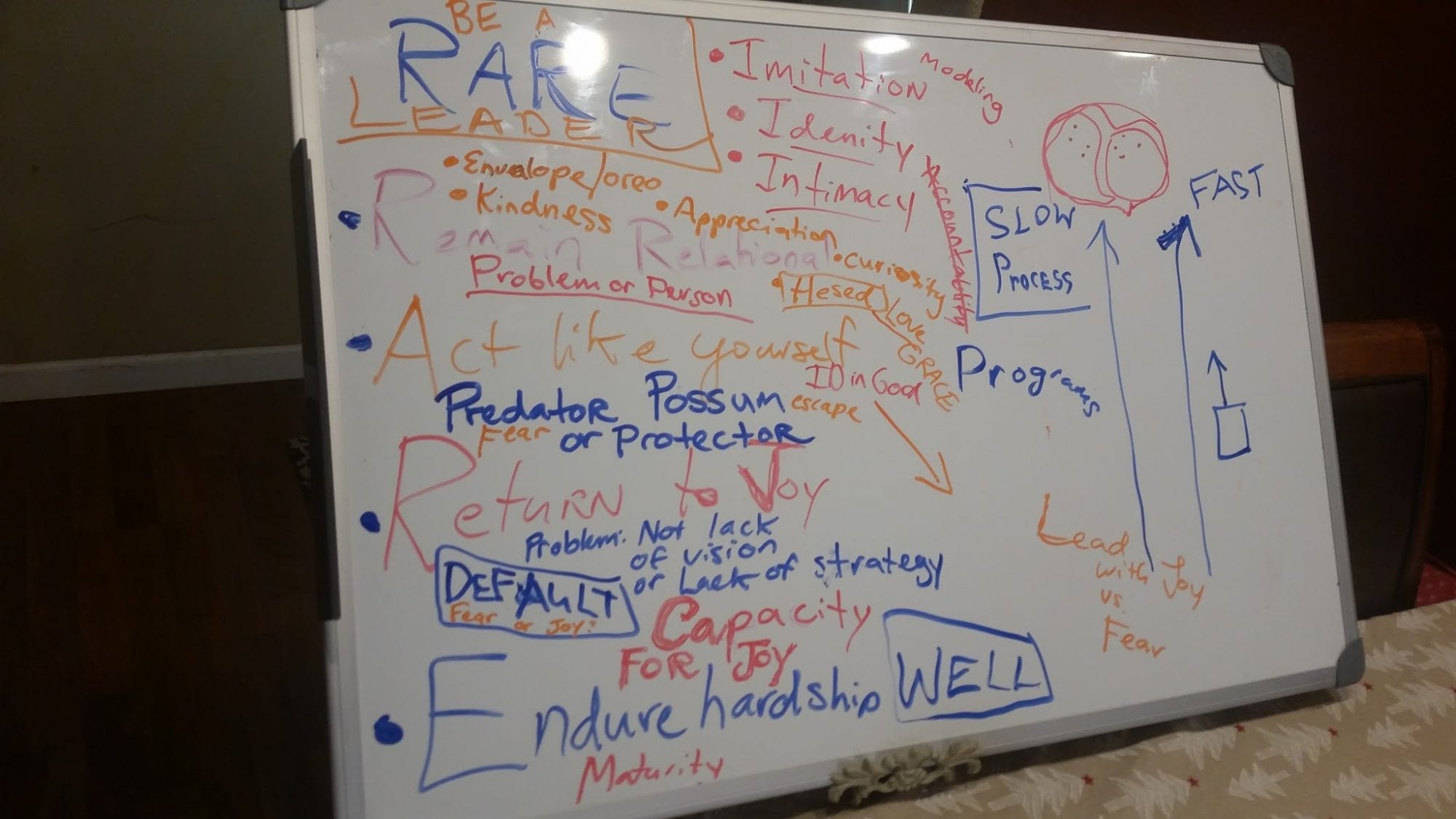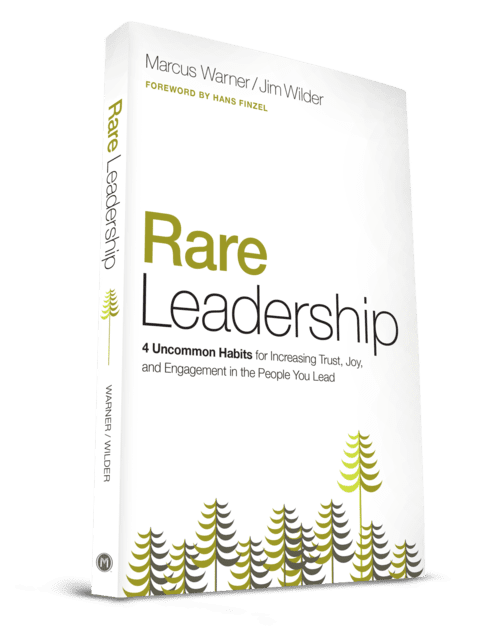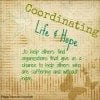Last winter I went through the book Rare Leadership: 4 Uncommon Habits For Increasing Trust, Joy, and Engagement in the People You Lead by Marcus Warner and Jim Wilder. It has been about a year since I’ve been intentionally learning to change the world and my home by being a RARE Leader and this is what I’ve learned practicing it and my considerations for you as you implement it.
I will honestly say Rare Leadership actually has helped me grow a lot as a leader. I have also been able to use it to train other leaders through the Mentorship Circle. But this is largely because it wasn’t a book I read, but I’ve used it as a practical time and time again.
Why Rare Leadership is Different
Rare Leadership really is a different type of leadership book, helping us see where brain science merges with leadership.
However, I should first say that this book comes from the Christian worldview. If you aren’t sure about that, hang on and listen before I lose you as you might get something out of it even if you aren’t coming at it from that perspective.
Considering, this book talks about leading out of an intimate relationship with God, and how we can use spiritual maturity and a developed character to be a unique type of leader. Yes, this isn’t unique. It is in the Bible and stuff we should know if we are Christians. But when you add it in the why this is a big deal with the brain science, it is amazing. It goes from being a “ya, I should do that, I read that in the Bible” to “Oh my gosh, I am falling so short of my potential for leading people; look how our brains were designed! I need God, and I must become a RARE leader because this is how it looks practically.”
See the difference?
I’ve been under poor leadership and have been poor leadership myself. I have seen countless leaders who don’t love. I know many who might be considered “good leaders,” not because they are actually good, but because they are simply in charge with a Christian title. The result is devastating.
What, then, makes a RARE leader?
Fast-Track or Slow-track Leadership
Much of this is how we process things–are we managers, or are we positive givers of identity?
Most leadership books focus on the slow-track part of the brain, management tips, processes, systems, etc… Although you can see why this can be very good and necessary (check out Leadership Lessons on Living Justly From Art Classes for Kids) they are only good in the context of a healthy fast-track system of the brain. This part of the brain is constantly working and being applied before you blink.
Trust is built here, identity, acceptance, joy or fear, shame and guilt. If you are leading people when your fast-track isn’t healthy, not surprisingly, your leadership will be unhealthy and you will produce unhealthy people emotionally and spiritually (even if you get people to do what you want them too).
In the same way, if you are leading people that don’t have strong joy-focused and healthy fast-track system (as is the case with most of us to an extent unless you’ve gone out of your way to practice this) you end-up not addressing the real problem.
You find yourself trying new management systems, new processes, applying new helpful things (like the Four Tendencies) but you never really address the real problems like identity, or whether the default state is fear or joy (and changing that to joy). Unfortunately, most of us never really get down on this level (unless we are regular practicers of gratitude and vulnerability). The result is there are a lot of cynical broken people in the world.
Point being, Rare Leadership, when applied, will drastically help you change the world as you practice the art of love and leading (influencing) well. And as our primary vehicle to change the world is love, this book is important.
If you actually want to know what is in the content of this book, check out my notes of an overview of RARE Leadership here.
Way’s We Practice Returning to Joy at Home
I have experimented with a lot of the joy building capacity stuff they have talked about, from people I mentor, disciple, and lead. But I’ve actually found it most useful at home in my family life. Helping my kids come back to joy from their breakdowns has been radically changing our family life. Here are ways that we do this:
- Starting at age two, I began showing my son videos of him doing something with someone he loved that he enjoyed when he was upset (works for adults too!)
- Holding my kids to my heart for awhile to re-calibrate their heart-stress level
- Looking at photo books when they are freaking-out
- Using joy journals they made with pictures or memories to help us concentrate on the good
- When they are stressing me (and then I start getting agitated) I try to stop what we are doing, hug them, remind them of their identity and how loved they are (when I’d prefer to kill them)
- Writing out what we are grateful for
- Taking five deep-breaths while quoting “I will trust in the Lord with all my heart” (essentially, helping us to stop freaking out when everything feels out of control)
- Talking about what we are thankful for
- Sharing things I like about them (usually when they are screaming at me)
- Making a list of joy memories (that have no taint of bad within them) that we go to when we’re upset
These are just the surface of joy building and being relational. Supposedly, spending five minutes three times a day doing this can reset our actual brain to default on joy and gratitude, rather than whatever negative emotion is our default. One of the keys isn’t just to do these things, but to “soak” in them. Sure, remembering something nice doesn’t usually change our perspective. But “soaking” in that good memory, what you were grateful for and felt like at that time, then moving to another memory, and another until you find yourself smiling and laughing–that is vital.
Does Joy Building Work?
I have not yet been successful practicing joy-building like clockwork for a whole month, but even doing this here and there, (sometimes many times in a day on bad days) has drastically increased the peace and thankfulness in our home.
Just within myself, I’ve seen my own growth. My capacity for being joyful in hard times, though accusations, in screw-ups as a leader, in stress, fear, shame, and all those other negative emotions . . . these have all been reduced as I learn how to “return to joy” with ease. And joy building is just one part of staying a relational leader that helps people feel a strong sense of belonging and identity.
(Confession: When writing this I completely went into flight-or-fight mode as my non-joyful kids were interrupting me every twenty-seconds and wouldn’t stop. I still need to grow a lot!)
How the Book Rare Leadership Could Be Better
Although the authors give us practical ways to become a RARE Leader, I think most people will just skim over them because we think they are just nice ideas here and there within a lot of text. Honestly, we need to read, “NEXT STEP: YOU NEED TO DO THIS.”
I’ve pulled this from their other books, but mostly it is stuff that was taught to me and practiced with me from the THRIVE trainings. The THRIVE trainings are their leadership practicals where they actually teach you how to become a rare leader in practice.
Afterall, the book says imitation is the best way for us to become the leaders we are meant to be. I conclude that we must actually practice this stuff to make it worth while, and find “identity allies” (as the book calls them) to hold us to practicing these things. We can then learning from these allies as they practice it themselves.
Lastly, another problem I found was that although I think the writers felt like they were making sense to average people, the content was almost too inaccessible. They use language I don’t usually use and I am really visual. I think images to help us understand the brain science would DRASTICALLY help (along with more bullet-points and chapter summaries).
Still, I have no doubt that if you can learn to put these concepts into practice, Rare Leadership will be a worthwhile tool for you as a world changer.
What Is Actually In the Book?
You can read the overview notes of Rare Leadership I use in my Mentorship Circle by clicking here.
Get Rare Leadership here:














